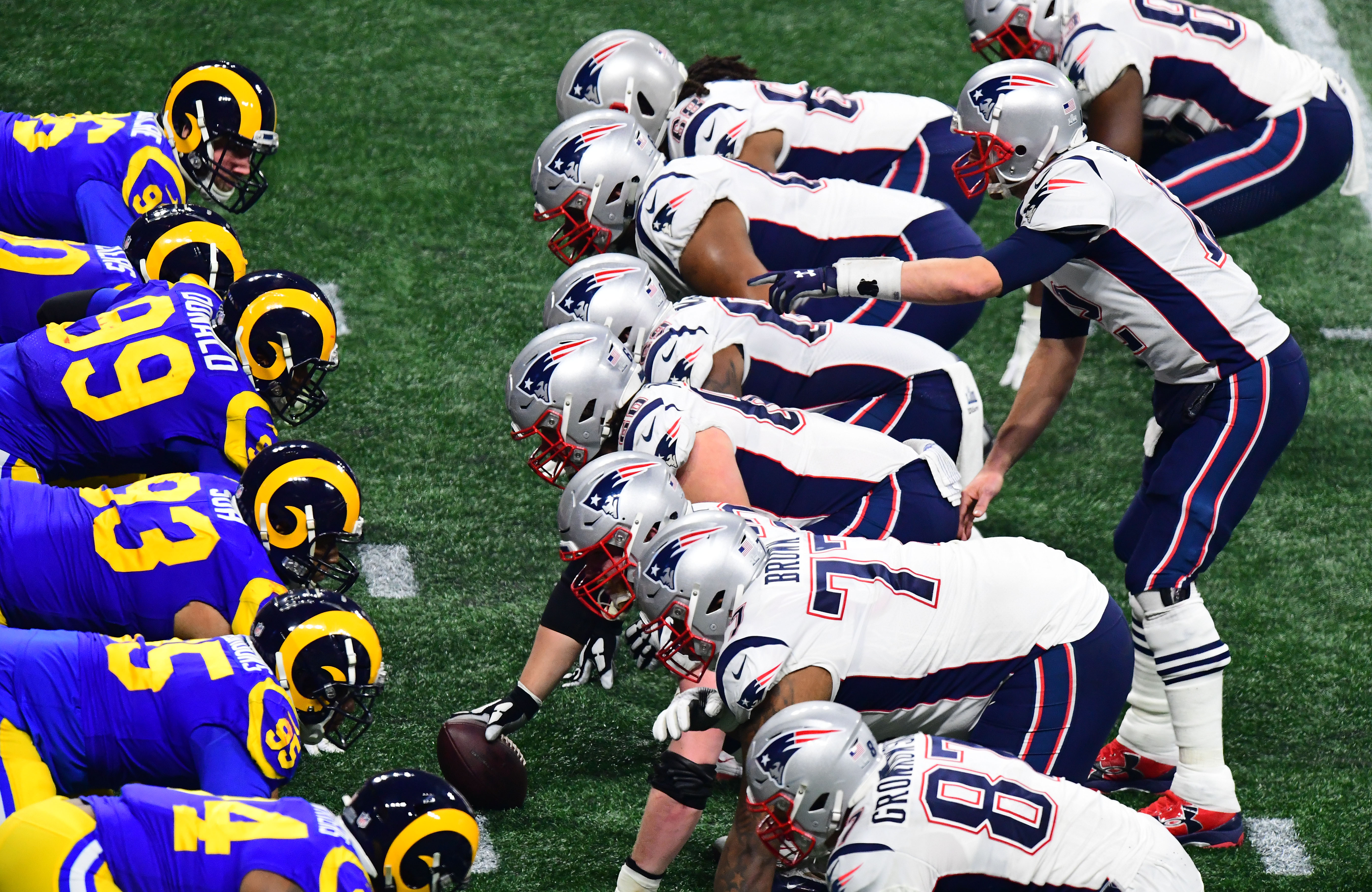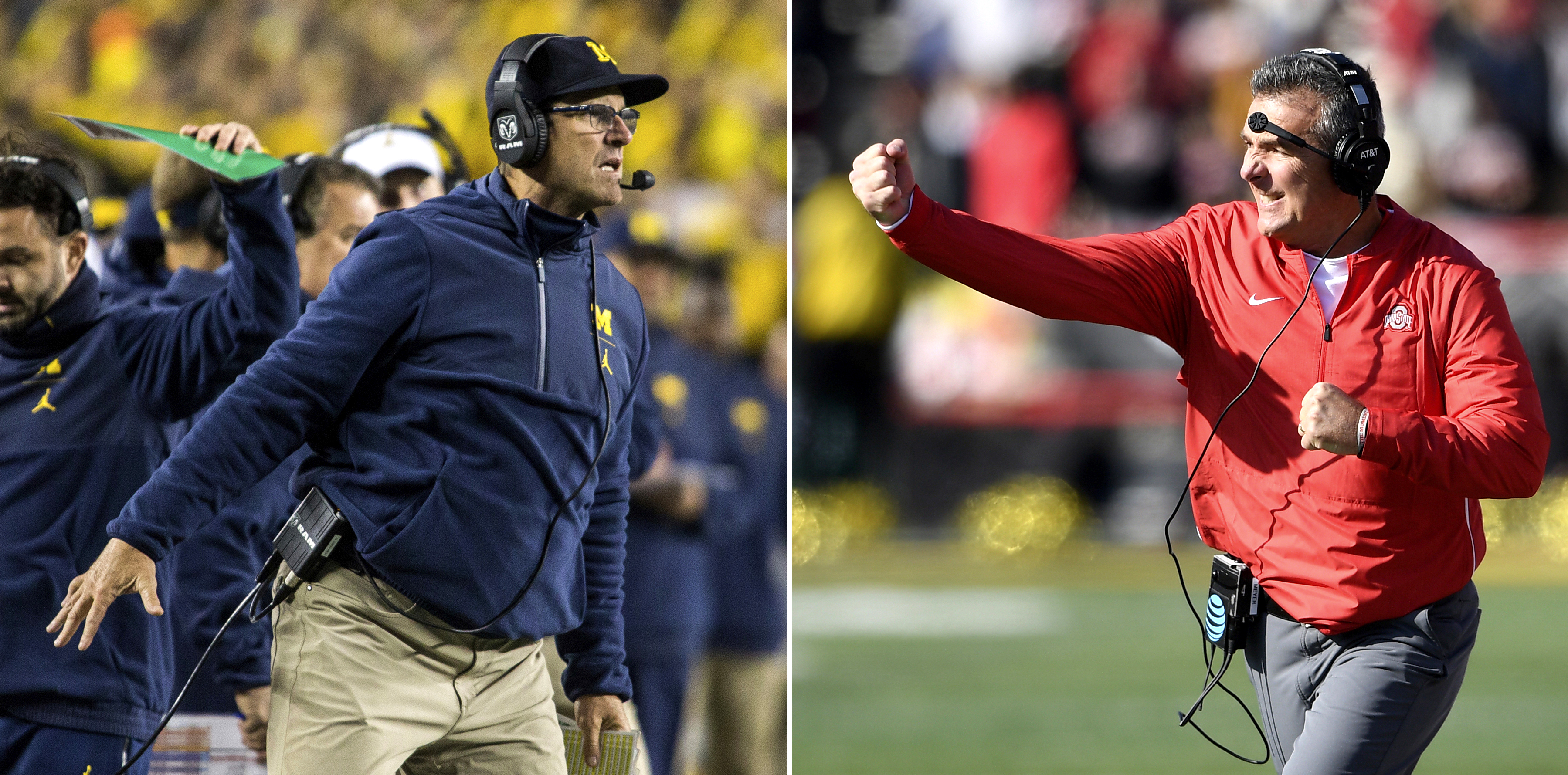Why American Olympians struggle to make ends meet
The U.S. government is fairly unique in that it provides no support to its Olympic hopefuls. That can be a problem.


The 2016 Summer Olympics are underway in Rio de Janeiro, Brazil. For the 554 U.S. athletes attending, it's the culmination of years of training and dreaming. But behind the scenes, America's Olympic athletes face a more mundane struggle: How to make ends meet.
Among the countries that participate in the Games, the U.S. government is fairly unique in that it provides no support to its Olympic hopefuls. Between training, equipment, medical needs, travel, and other expenses, trying to reach the Games can be costly. So how do American athletes cobble together the money?
Ibtihaj Muhammad, the Muslim fencer from Maplewood, New Jersey, told CNN Money she faces as much as $20,000 a year in expenses to participate in her sport, for example. So she and other athletes have to get their money from a wide-ranging network of private entities, nonprofits, generous businesses, sponsors, family support, and everyday donations.
The Week
Escape your echo chamber. Get the facts behind the news, plus analysis from multiple perspectives.

Sign up for The Week's Free Newsletters
From our morning news briefing to a weekly Good News Newsletter, get the best of The Week delivered directly to your inbox.
From our morning news briefing to a weekly Good News Newsletter, get the best of The Week delivered directly to your inbox.
"There are a few people at the top who have true brand power, and can move product and make a difference for a brand," Jack Wickens, a board member of the USA Track & Field Foundation, told The Week. "And they get paid pretty well. But the pyramid is very steep."
Sponsorship numbers can be hard to come by. But in an interview with The Week, Adam Nelson — a gold medal shot putter who went to the 2000, 2004, and 2008 Olympic Games — estimated that maybe 100 to 120 athletes globally are able to make over $15,000 from their sponsorships.
Those opportunities can also come and go, as corporate interest waxes and wanes. The result is an often cutthroat sponsorship environment. Even those athletes who do get sponsors can, perversely, find their duties eating into their training. (The hardships athletes often face making a living after their Olympic days are done is a whole other topic.)
The other option is to make money from prizes for competitions. "If you compete and you win everything, you can make a real wage," Nelson told The Week. "But it's all or nothing. Even placing third at every major meet in the world still puts you down at $35,000 or less in prize money."
A free daily email with the biggest news stories of the day – and the best features from TheWeek.com
Just in the realm of track and field, Wickens estimated that 700 to 1,000 athletes in the U.S. have a genuine shot at making the Olympics, and would thus be able to make a living from the sport in an ideal world. But only about 120 people make the Olympic track and field team. "That's an awful lot of people trying to be 'pro' and a very small pie, with a sport that doesn't have a giant fan base or massive TV contracts or a ton of sponsors," he continued. "More than 50 percent of the athletes who rank in the top 10 in the U.S. in the various track and field events are making below poverty money from the sport. So they obviously need to supplement in other ways."
The most obvious route is to get a day job. Again, exact numbers are hard to come by, but given the economic and financial realities, a sizeable majority of Olympic athletes and Olympic hopefuls must juggle training with making a living. "It's hard to hold down a full-time job," Tyler Jewell, a two-time Olympic snowboarder, said in a 2010 interview. "I have five hours a day of training." The time and energy spent earning a living can displace the time and energy needed to train. “I was exhausted,” Andrea Geubelle, a triple jumper in this year's games, told the Register-Guard. She was working as a substitute teacher and volleyball coach until she finally quit to focus only on training. “I hit the (Olympic) standard like three weeks later.”
Many businesses try to work with the athletes. Most famously, Home Depot ran a program for 16 years — in partnership with the U.S. Olympic Committee (USOC) — in which Olympic athletes could work part-time jobs for full-time pay. The program provided the company a media boost, and the athletes could rely on Home Depot's sponsorship. "I would not be training if I didn't have this job; it's too much of a struggle," Julia Chilicki a rower in the 1996 Olympics who worked at Home Depot, told The New York Times in 2000.
The program was closed in 2009. But other businesses and chains like Anheuser-Busch and J.C. Penney have worked with USOC over the years. In 2015, Dick's Sporting Goods partnered with USOC to give "flexible work schedules with a competitive wage to athletes training to be part of Team U.S.A." Then there are the numerous athletes and local shops who make their own arrangements without fanfare: The only reason Muhammad is able to fence is that the club where she trains subsidizes most of her expenses. "They have kept me going," she said.
Athletes can also try to get their hands on what official assistance there is, but it's not enough. The USOC — a nonprofit organization chartered by the government that gets its money from sponsors, licensing contracts, and donations — is tasked by law with handling all U.S. representation in the Olympic Games, as well as gathering and deploying all the resources necessary for American athletes to compete. But while the USOC collects hundreds of millions of dollars, a lot of it goes to overhead, marketing, and facilities, or is first filtered through the federations that oversee the individual sports — and which have their own costs.
So by the time it's carved up and divvied out, the amounts that actually reach the athletes are often paltry. Only between 1,000 and 1,500 across all the sports get assistance from the USOC. And it's performance-based, so the money tends to go to already proven Olympic contenders, rather than developing ones. Plus, that assistance is usually in the form of insurance, which Nelson pointed out "doesn't cover any accidents or injuries that are directly related to training." For some of those 1,000 to 1,500, there are also stipends to help with training and living expenses, which run up to $2,000 a month at most.
Finally, the digital era has provided chances for new innovations, as athletes can set up GoFundMe webpages and the like. Wickens himself founded a nonprofit called AthleteBiz, which helps athletes network online to find various forms of support, both financial and otherwise. It's the reason Geubelle was able to quit substitute teaching and coaching. "The whole point of it is to help the athletes diversify their income and increase their value for the markets so they're not quite so dependent on this very small pie," Wickens told The Week.
So does all this mean the government needs to get involved?
Nelson noted that England runs a national lottery to fund training programs and support the athletes' costs of living directly. Even "podium potential" athletes can get at least $30,000 a year. "Germany probably has one of the best funding systems available," Nelson continued. "[Most Olympic athletes] actually end up getting government jobs where there's a loose expectation to show up and do some things, and in return you're pretty much given a full job with pension and benefits." And other countries sometimes award vastly higher prizes to medal winners, totaling several hundred thousand dollars.
"I think help from the U.S. government in the form of direct athlete funding, or helping change the structure in which athletes are currently compensated, might be worthwhile," Nelson continued. But he thinks the easiest solution is for athletes to be given a bigger cut of, and more control over, the revenue raised by the USOC's marketing deals and selling of the Olympic brand — all of which will require collective organizing and bargaining by the athletes themselves. Yet no labor movement has ever won concessions without the believable threat of a strike: "Athletes will complain about the lack of financial control as they train," Nelson continued. "But a lot of them aren't willing to take that step, and that's because the Olympics happen once every four years."
As for Wickens and what he hears from people involved in the sports and the Olympic games, "it's probably appropriate," he said, that the American government doesn't fund the athletes directly. "It just doesn't fit with our culture."
Jeff Spross was the economics and business correspondent at TheWeek.com. He was previously a reporter at ThinkProgress.
-
 Heavenly spectacle in the wilds of Canada
Heavenly spectacle in the wilds of CanadaThe Week Recommends ‘Mind-bending’ outpost for spotting animals – and the northern lights
-
 Facial recognition: a revolution in policing
Facial recognition: a revolution in policingTalking Point All 43 police forces in England and Wales are set to be granted access, with those against calling for increasing safeguards on the technology
-
 Sudoku hard: December 14, 2025
Sudoku hard: December 14, 2025The daily hard sudoku puzzle from The Week
-
 The hottest Super Bowl ad trend? Not running an ad.
The hottest Super Bowl ad trend? Not running an ad.The Explainer The big game will showcase a variety of savvy — or cynical? — pandemic PR strategies
-
 Tom Brady bet on himself. So did Bill Belichick.
Tom Brady bet on himself. So did Bill Belichick.The Explainer How to make sense of the Boston massacre
-
 The 13 most exciting moments of Super Bowl LIII
The 13 most exciting moments of Super Bowl LIIIThe Explainer Most boring Super Bowl ... ever?
-
 The enduring appeal of Michigan vs. Ohio State
The enduring appeal of Michigan vs. Ohio StateThe Explainer I and millions of other people in these two cold post-industrial states would not miss The Game for anything this side of heaven
-
 When sports teams fleece taxpayers
When sports teams fleece taxpayersThe Explainer Do taxpayers benefit from spending billions to subsidize sports stadiums? The data suggests otherwise.
-
 The 2018 World Series is bad for baseball
The 2018 World Series is bad for baseballThe Explainer Boston and L.A.? This stinks.
-
 This World Series is all about the managers
This World Series is all about the managersThe Explainer Baseball's top minds face off
-
 Behold, the Bud Selig experience
Behold, the Bud Selig experienceThe Explainer I visited "The Selig Experience" and all I got was this stupid 3D Bud Selig hologram
